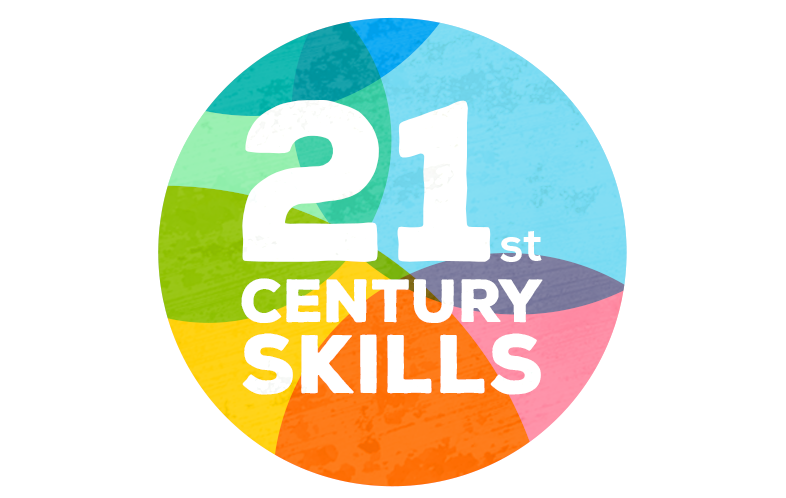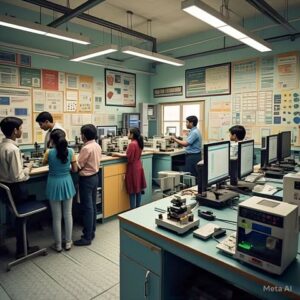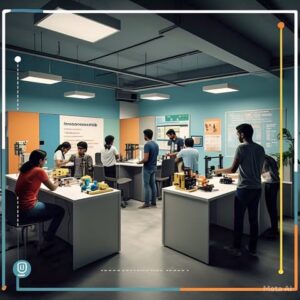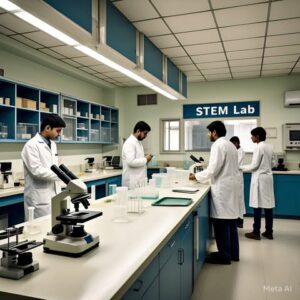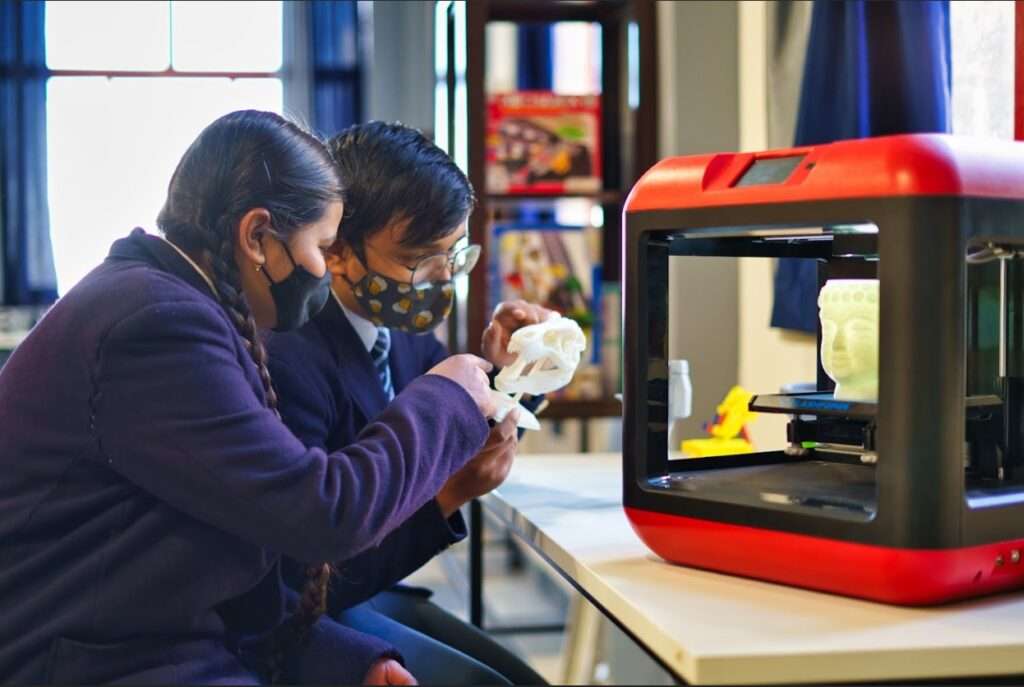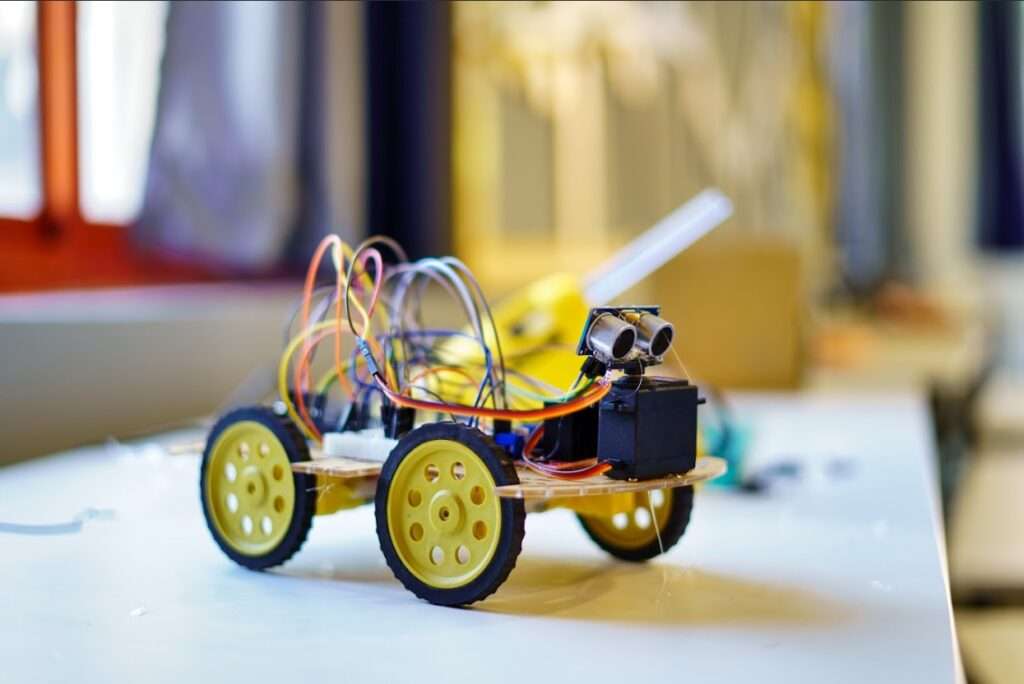As we navigate an increasingly complex and rapidly changing world, the demand for innovative teaching and learning practices is more critical than ever, especially in STEM education. Preparing students for the challenges of the 21st century requires a shift from traditional methods to more dynamic approaches that foster critical thinking, creativity, and collaboration. This blog explores the necessity of adopting 21st-century teaching practices in STEM education and how they can better equip students for future success.
The importance of stem education
STEM education encompassing Science, Technology, Engineering, and Mathematics—plays a crucial role in developing the skills needed for the modern workforce. As technology continues to advance and industries evolve, students must be equipped not only with foundational knowledge but also with the ability to apply this knowledge creatively and effectively in real-world situations.
Challenges of traditional teaching methods
Traditional teaching methods often rely heavily on rote memorization and passive learning, which can lead to disengagement among students. In a rapidly evolving job market, this approach is inadequate for preparing students for the complexities they will face.
Lack of engagement: Students often struggle to connect theoretical concepts to practical applications, leading to boredom and disinterest.
Limited collaboration: Traditional classrooms may not encourage teamwork, which is essential for problem-solving and innovation in today’s workforce.
Inflexibility: A one-size-fits-all approach does not accommodate diverse learning styles and paces, hindering student potential.
21st-Century teaching practices
To address these challenges, educators are increasingly turning to 21st-century teaching practices that emphasize active learning, collaboration, and real-world application.
Project-based learning (PBL): PBL engages students in complex, real-world problems, encouraging them to work in teams and apply their knowledge creatively. This method helps students develop critical thinking and problem-solving skills essential for STEM fields.
Interdisciplinary approaches: By integrating various subjects, educators can show students the interconnectedness of STEM disciplines and how they apply in real life. This holistic view fosters deeper understanding and retention.
Integrating technology: Using digital tools and resources enriches the learning experience. Online simulations, coding platforms, and virtual labs provide interactive environments where students can experiment and explore STEM concepts.
Collaborative learning: Group work encourages students to share ideas, learn from each other, and develop social skills. This practice mirrors the collaborative nature of the modern workplace.
Focus on critical thinking and innovation: Encouraging students to question assumptions, analyze information, and propose solutions fosters a mindset geared toward innovation and adaptability.
Benefits of 21st-century practices in stem education
Increased Engagement: Active learning strategies captivate students’ interest, making them more invested in their education.
Enhanced Problem-Solving Skills: Real-world applications of knowledge prepare students to tackle complex challenges head-on.
Better Preparation for Future Careers: By developing a blend of technical skills and soft skills, students are well-equipped to enter a competitive job market.
Lifelong Learning Mindset: Students learn how to learn, fostering a desire for continuous improvement and adaptability.
Embracing the future of stem education
The future of education, particularly in STEM fields, hinges on the adoption of 21st-century teaching and learning practices. By moving away from traditional methods and embracing innovative, engaging strategies, educators can prepare students to thrive in a complex and dynamic world. The emphasis on collaboration, critical thinking, and real-world application will not only enhance the learning experience but also equip the next generation with the skills needed for success in the 21st century.
Ready to empower your child with the skills of the future? Enroll them in Makers Muse’s STEM programs today and experience the benefits of 21st-century education!

